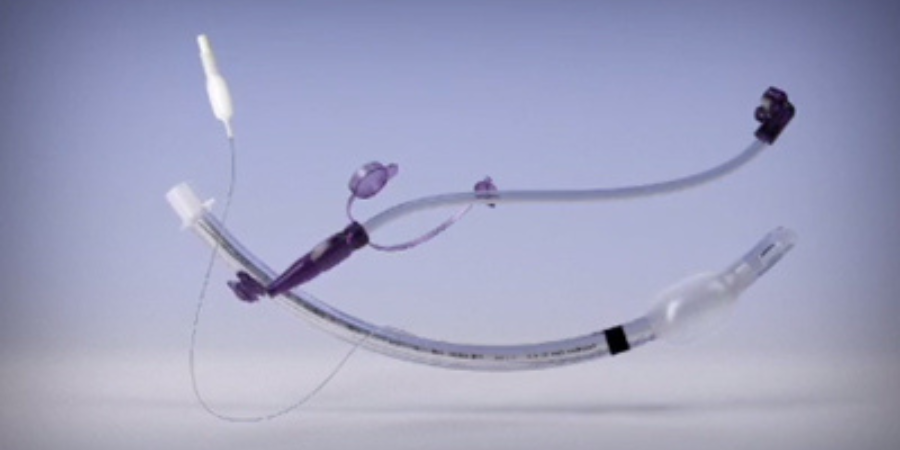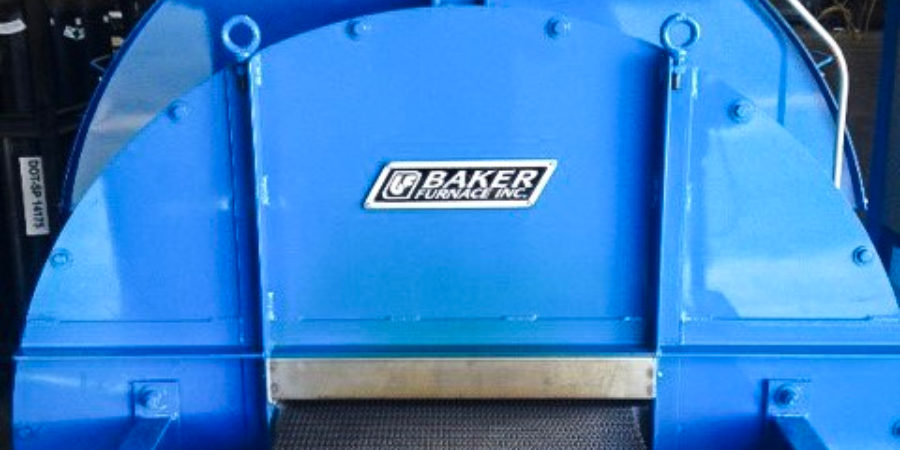Buehler (http://www.buehler.com), a leading manufacturer of equipment, consumables and accessories for metallography and hardness testing, has combined its business sectors Metallography, formerly based in Düsseldorf/Germany, and Hardness Testing, still widely known under its previous name, Wilson Hardness, and traditionally based in Esslingen am Neckar in Germany. After the formal consolidation of both core activities in 2009 under the name of Buehler ITW Test & Measurement GmbH, this site in Southern Germany now takes on the function of European Headquarters. In Düsseldorf, the company is currently establishing a new, central laboratory in close cooperation with partners in industry, universities and research institutes, for handling international research projects covering the full span from sample preparation in the laboratory right up to fully automatic in-process hardness testing.
The facilities at the new ‘Buehler Solutions Centre’ in Esslingen offer Buehler ITW Test & Measurement adequate space for development, training, production, sales and warehousing. They even allow for a future expansion of these activities, providing customers from the German-speaking region, France and the UK with direct access to a team of highly qualified professionals in all matters of the procurement, operation and servicing of equipment and systems, as well as a central warehouse for spare parts and consumables. In addition, Buehler is represented in 50 countries worldwide through distributors.
European Commercial Director Roland Prauss said: “The physical consolidation of our Metallography and Hardness Testing operations at a single site will produce synergistic effects, which will enable us to respond to the future demands of a Europe-wide market. We are proactively meeting the needs of our customers, who are increasingly active in multiple countries, and require the same level of service to be available from a single source throughout these countries, so that they, in turn, can optimize their own processes. Buehler can now create new opportunities by pooling our resources, upgrading existing products and developing new products ideally suited to the requirements of our international customers. This consistent focus on the ‘Voice of the Customer’ is an approach already successfully adopted by ITW Test & Measurement in the US and Chinese markets.”
As a concrete example, Prauss cited the growing trend towards ITW Test & Measurement products being used in demanding industrial environments and in multi-shift operation. “We are seeing an increasing trend for measurement and testing activities to move from the laboratory onto the production floor. This implies an increasing level of training on the part of operating staff and places higher demands on the equipment itself and its suitability for continuous round-the-clock operation. It necessitates an appropriate approach to the design of hardware and software, including ergonomics, and a consistent adaptation of our inventory with a view to satisfying rapidly changing demand and high volumes. At our new Esslingen headquarters, we are now eminently well set up to assist our customers on their chosen paths“.
![]() Source: QMED – Qualified Suppliers to the Medical Device Industry
Source: QMED – Qualified Suppliers to the Medical Device Industry










